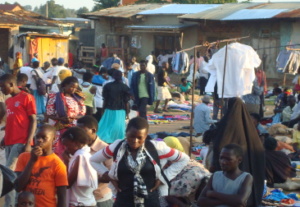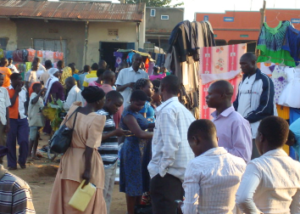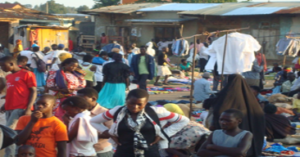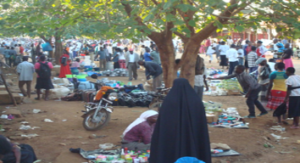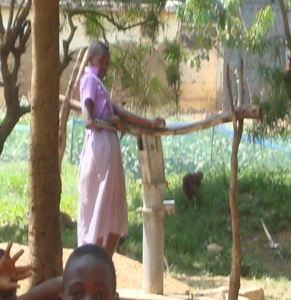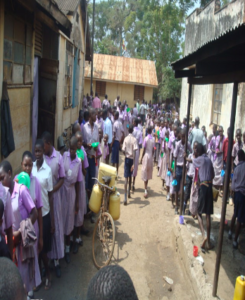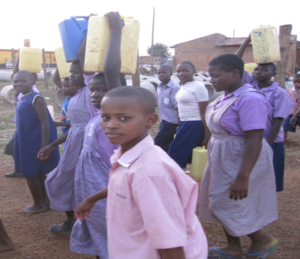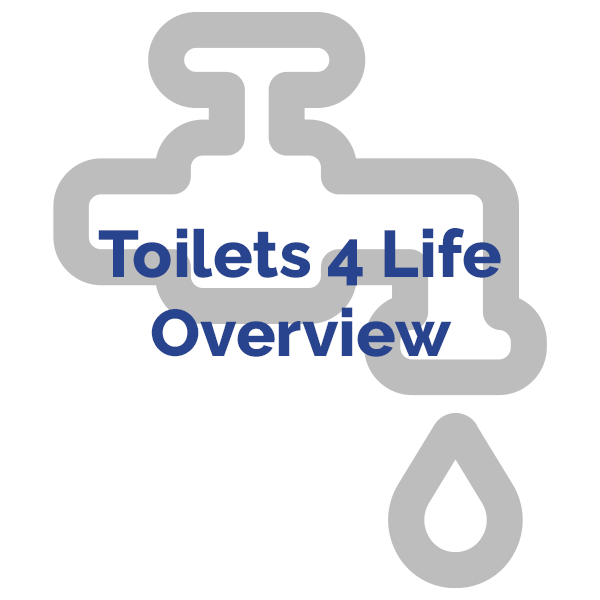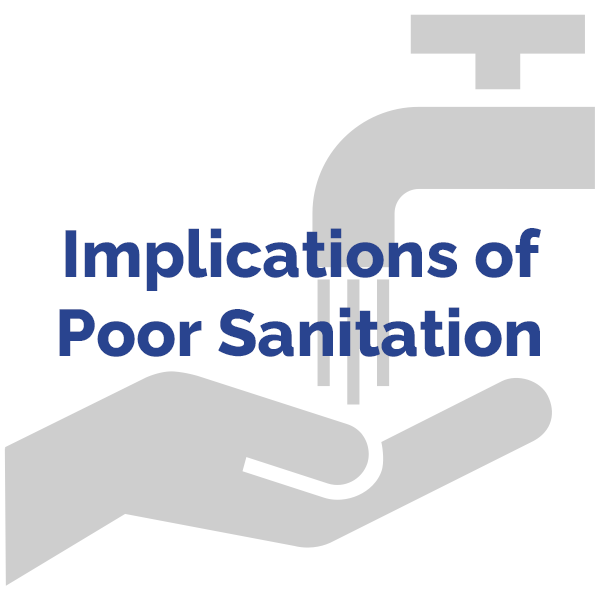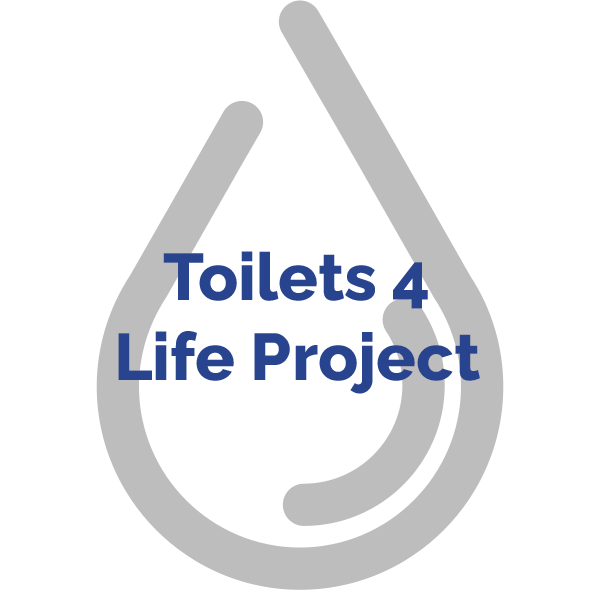T4Life – Sanitation in Uganda and Bugiri
Uganda is located in East-Central Africa and has a population of approximately 42 million. Over 80% of residents do not have access to safe toilet systems. When people do not have access to toilets, they are forced to defecate in bushes, plastic bags, incomplete buildings and structures, in water ways, and in pit-latrines.
In many public places like schools the pit latrines have been filled up. Construction of alternative latrines takes more space to be used for other purposes and these pit-latrines leak into the surrounding environment.
61% of Ugandans lack access to safe clean water. Urban households travel an average of 200 meters to the main source of water and rural households an average of 800 meters.
About 11 million Ugandans lack access to clean safe drinking water. Bugiri District in Uganda is one of the most affected areas. The people in this region suffer from poverty and high rates of disease due to lack of access to clean water and sanitation.
Location of Bugiri District
-
Bugiri’s population 171,300 (National Population Census 1991 )
-
Density of 408 Persons per square kilometer (National Population Census 1991), twice the national average of 124 persons per square kilometer.
-
The population living in urban areas 45,650
Bugiri Municipal Council Status
The urban area of Bugiri is referred to as the Bugiri Municipal Council. Bugiri Municipality Council is in the bottom 5 districts in terms of access to water and sanitation. 76% of the population of 45,650 have no access to safe water, sewage system and toilets.
The urban area has no sewage system and two public pit latrines. One of the latrines is full and is partially broken. The absence of a sewage management system has led to a proliferation of private pit latrines in the town. This has caused sewage to make its way into local water sources.
Sanitary conditions in schools, hospitals, public places, and homes are very poor and dirty latrine blocks present clear health hazards. In some areas the soil conditions have made construction of pit latrines more difficult because of shallow subsoil with underlying hard rock and unstable sandy soil.

